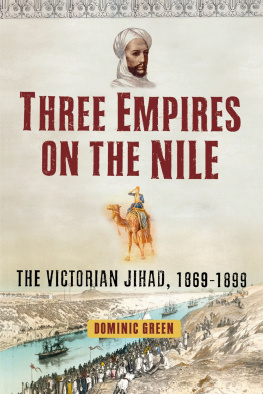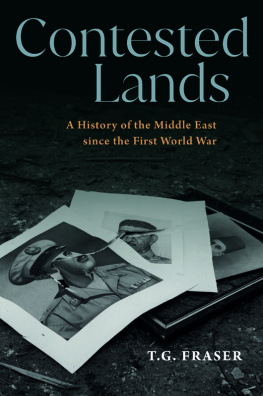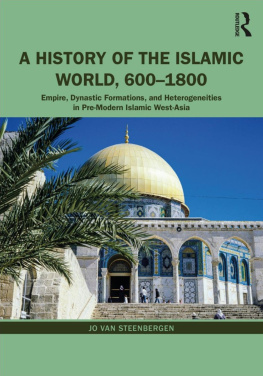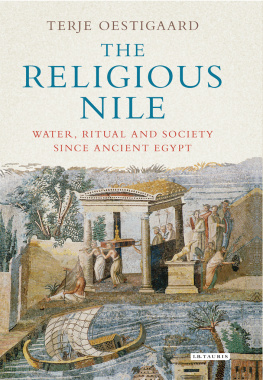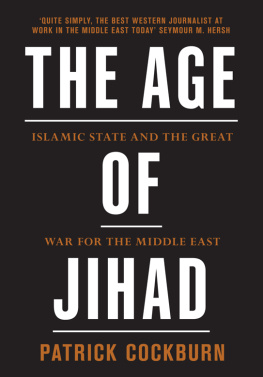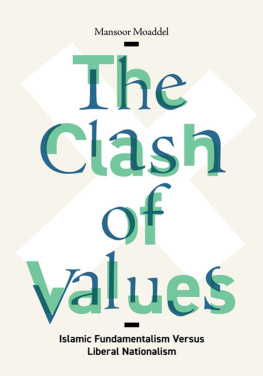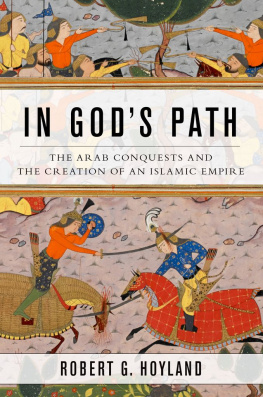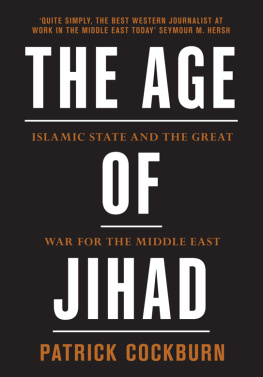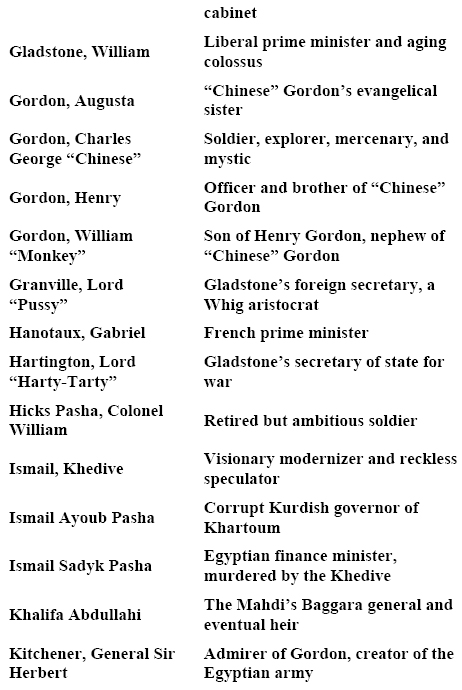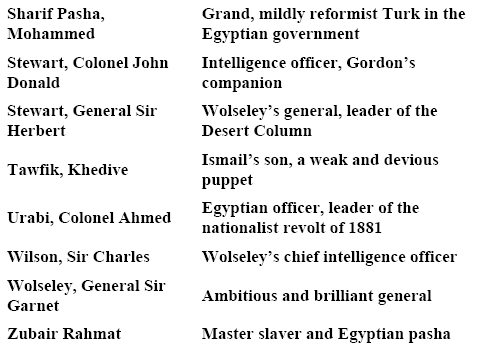Dominic Green - Three Empires on the Nile: The Victorian Jihad, 1869-1899
Here you can read online Dominic Green - Three Empires on the Nile: The Victorian Jihad, 1869-1899 full text of the book (entire story) in english for free. Download pdf and epub, get meaning, cover and reviews about this ebook. year: 2007, publisher: Free Press, genre: Romance novel. Description of the work, (preface) as well as reviews are available. Best literature library LitArk.com created for fans of good reading and offers a wide selection of genres:
Romance novel
Science fiction
Adventure
Detective
Science
History
Home and family
Prose
Art
Politics
Computer
Non-fiction
Religion
Business
Children
Humor
Choose a favorite category and find really read worthwhile books. Enjoy immersion in the world of imagination, feel the emotions of the characters or learn something new for yourself, make an fascinating discovery.
- Book:Three Empires on the Nile: The Victorian Jihad, 1869-1899
- Author:
- Publisher:Free Press
- Genre:
- Year:2007
- Rating:5 / 5
- Favourites:Add to favourites
- Your mark:
Three Empires on the Nile: The Victorian Jihad, 1869-1899: summary, description and annotation
We offer to read an annotation, description, summary or preface (depends on what the author of the book "Three Empires on the Nile: The Victorian Jihad, 1869-1899" wrote himself). If you haven't found the necessary information about the book — write in the comments, we will try to find it.
This is not the Middle East of the early twenty-first century. It is Africa in the late nineteenth century, when the river Nile became the setting for an extraordinary collision between Europeans, Arabs, and Africans. A human and religious drama, the conflict defined the modern relationship between the West and the Islamic world. The story is not only essential for understanding the modern clash of civilizations but is also a gripping, epic, tragic adventure.
Three Empires on the Nile tells of the rise of the first modern Islamic state and its fateful encounter with the British Empire of Queen Victoria. Ever since the self-proclaimed Islamic messiah known as the Mahdi gathered an army in the Sudan and besieged and captured Khartoum under its British overlord Charles Gordon, the dream of a new caliphate has haunted modern Islamists. Today, Shiite insurgents call themselves the Mahdi Army, and Sudan remains one of the great fault lines of battle between Muslims and Christians, blacks and Arabs. The nineteenth-century origins of it all were even more dramatic and strange than todays headlines.
In the hands of Dominic Green, the story of the Niles three empires is an epic in the tradition of Kipling, the bard of empire, and Winston Churchill, who fought in the final destruction of the Mahdis army. It is a sweeping and very modern tale of God and globalization, slavers and strategists, missionaries and messianists. A pro-Western regime collapses from its own corruption, a jihad threatens the global economy, a liberation movement degenerates into a tyrannical cult, military intervention goes wrong, and a temporary occupation lasts for decades. In the rise and fall of empires, we see a parable for our own times and a reminder that, while American military involvement in the Islamic world is the beginning of a new era for America, it is only the latest chapter in an older story for the people of the region.
Dominic Green: author's other books
Who wrote Three Empires on the Nile: The Victorian Jihad, 1869-1899? Find out the surname, the name of the author of the book and a list of all author's works by series.

